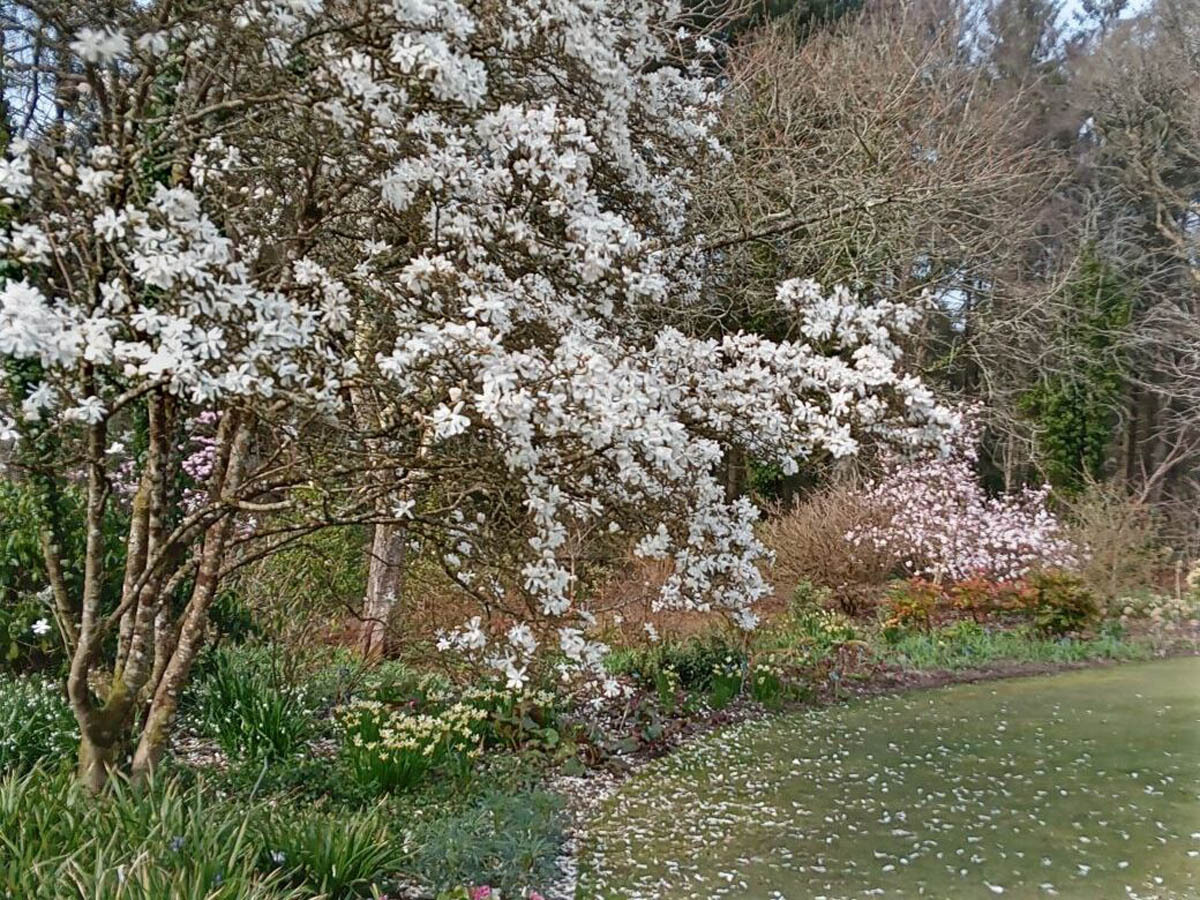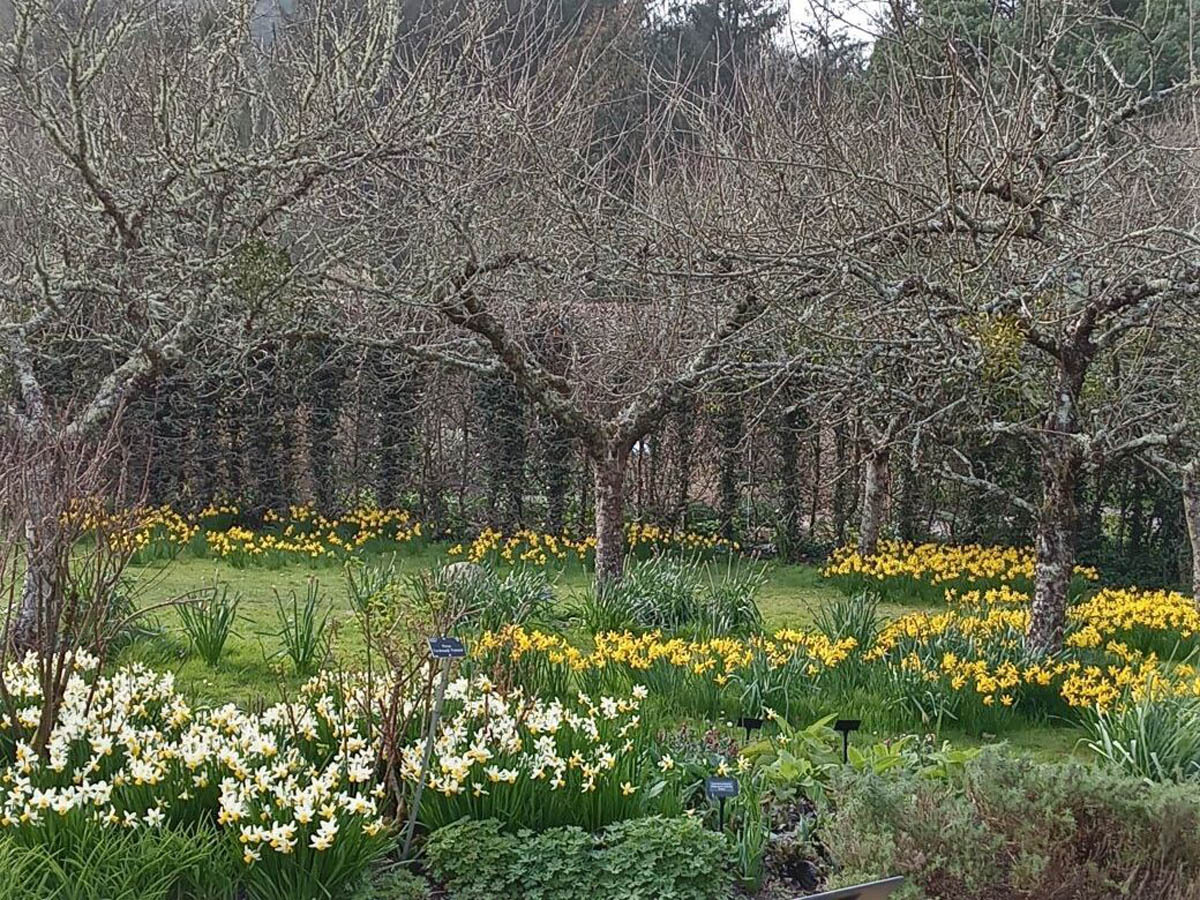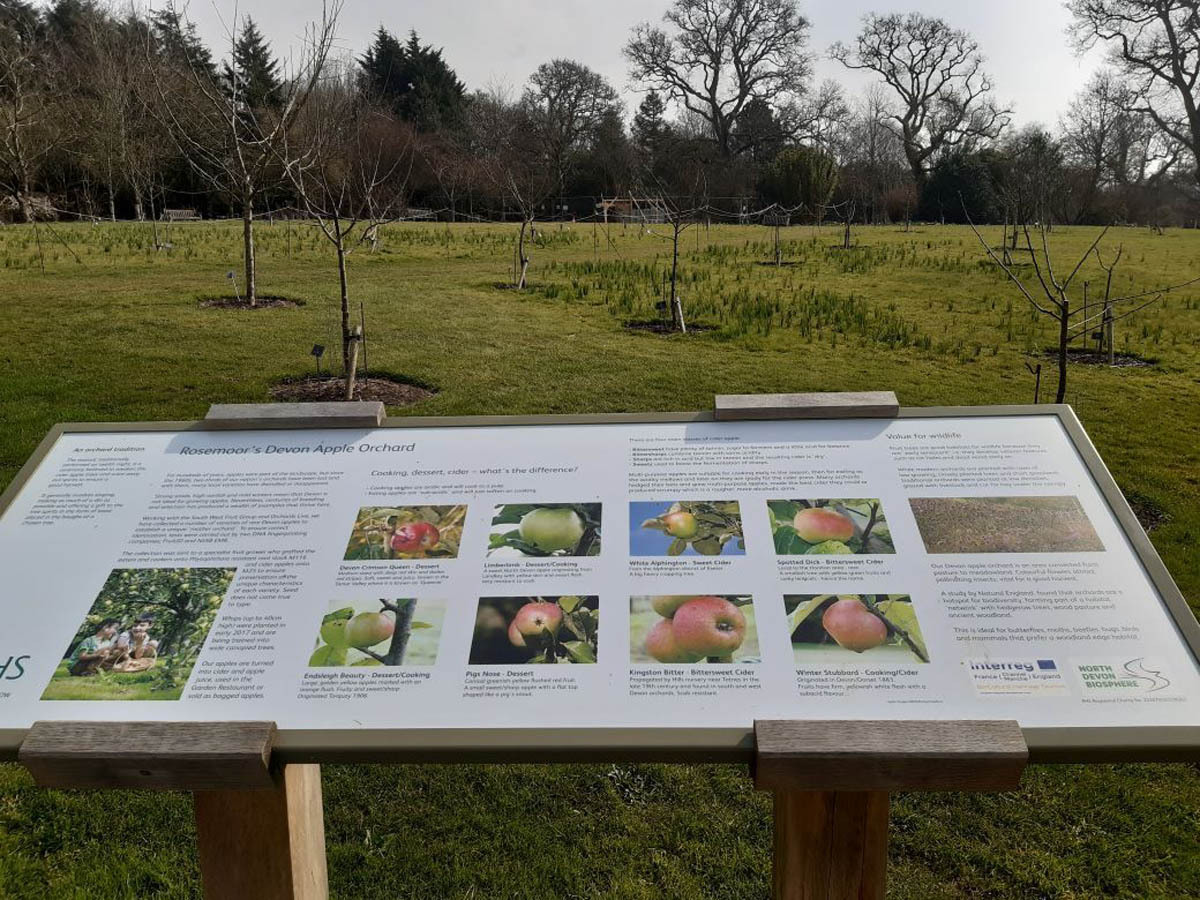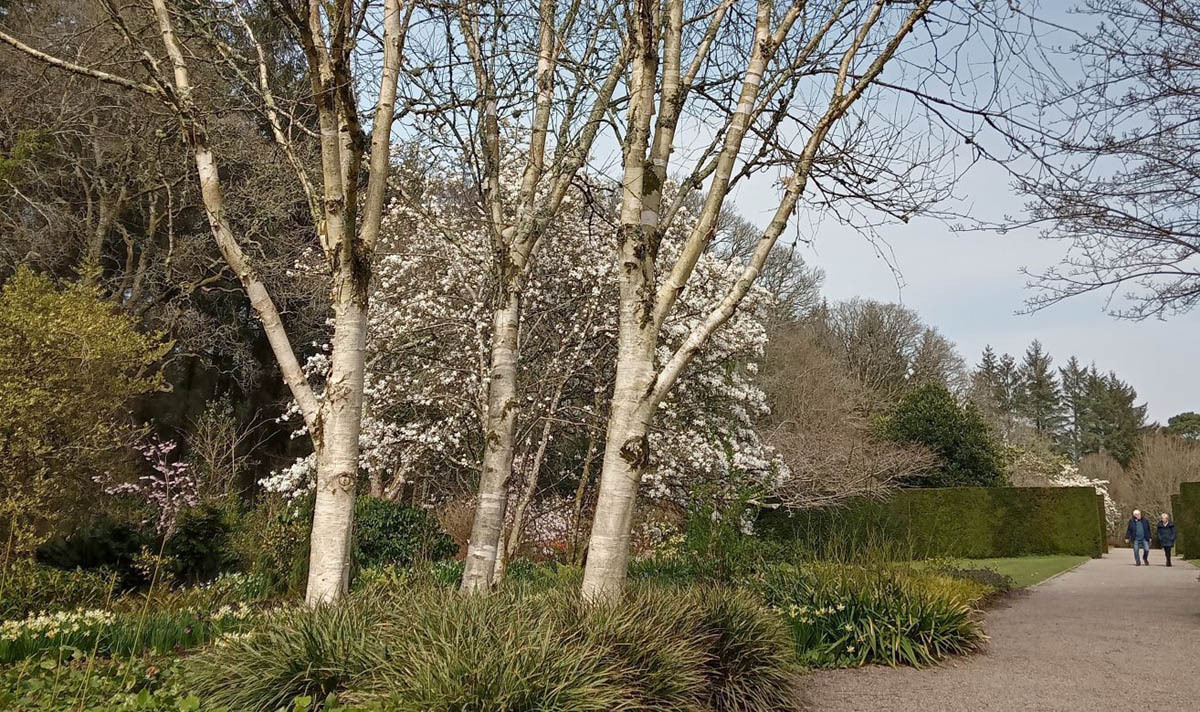
“Our vision is to enrich everyone’s life through plants, and make the UK a greener, healthier, happier and more beautiful place.”
So says the Royal Horticultural Society (RHS), a registered charity which promotes horticulture and helps gardeners, both present and retired. The Society provides information, practical advice, training, qualifications and bursaries, is involved in education, research and community horticultural activities, and maintains a world-renowned resource of horticultural literature and image archive. “We believe everyone in every village, town and city should benefit from growing plants”, it continues in the description of its work, “to enhance lives and build better communities and places to live.”
This may sound ambitious but – especially since Covid-19 lockdowns – many people are now aware of the importance of access to gardens, green spaces and nature, and the benefits to mental health and physical well-being if you are involved – in however small a way – with growing plants. In its ‘show’ gardens (it owns five across England), the RHS provides inspiration for design and planting, as well as practical demonstrations of growing techniques; but if you just want to walk and explore or just sit and admire, there’s a welcome for you, too.

The West Country Voices region is home to one of the show gardens: Rosemoor, at Great Torrington in north Devon. Originally purchased by the Berry family in 1923 to use as a fishing lodge (like you do…), the Rosemoor estate was gifted to the RHS in 1988 and the gardens have steadily increased in size and variety since then. In March 2022 my husband and I visited for the third time and although it seemed to take ages to get there on the winding roads from east Devon, it was very well worth the long journey. We went by car, but there is a bus service between Exeter and Barnstaple with a stop in Torridge a few minutes’ walk away, and you can get reduced-price entry to the gardens if you show your bus ticket. Cycling, unfortunately, means you’d have to travel at least part of the way on a hilly, busy A-road also used by large lorries and caravans – but at least you would feel you’ve earned refreshment when you arrive and there is a cafe on the site.

Given that Rosemoor is not just a tourist attraction but a showcase for some of the RHS charity’s activities, day-ticket prices are not cheap, especially if you are a UK taxpayer and add ‘Gift Aid’: £14.25, or £9.85 if you have travelled car-free; but once here, there are 65 acres of gardens, both formal and informal, and woodland walks, wildflower meadows and arboretums to enjoy. In practice, there’s much more than you can feasibly see in one visit, and although we’ve never been to Rosemoor in the autumn, it’s obvious that there will be plants in colourful flower or leaf at every time of year – the holy grail of gardening! For those keen on plants, most things are labelled, so it’s easy to jot down or photograph the names of things you particularly like, and there’s a good (though rather pricey) plant sales area and gift shop near the way out to the car park.
When we visited, we saw several families of three generations enjoying a day out together. There are picnic and children’s play areas, plenty of benches and sheltered seats, and many of the paths are level and suitable for pushchairs and wheelchairs. Even if you’re not especially interested in gardening, Rosemoor probably has something to offer everyone.






